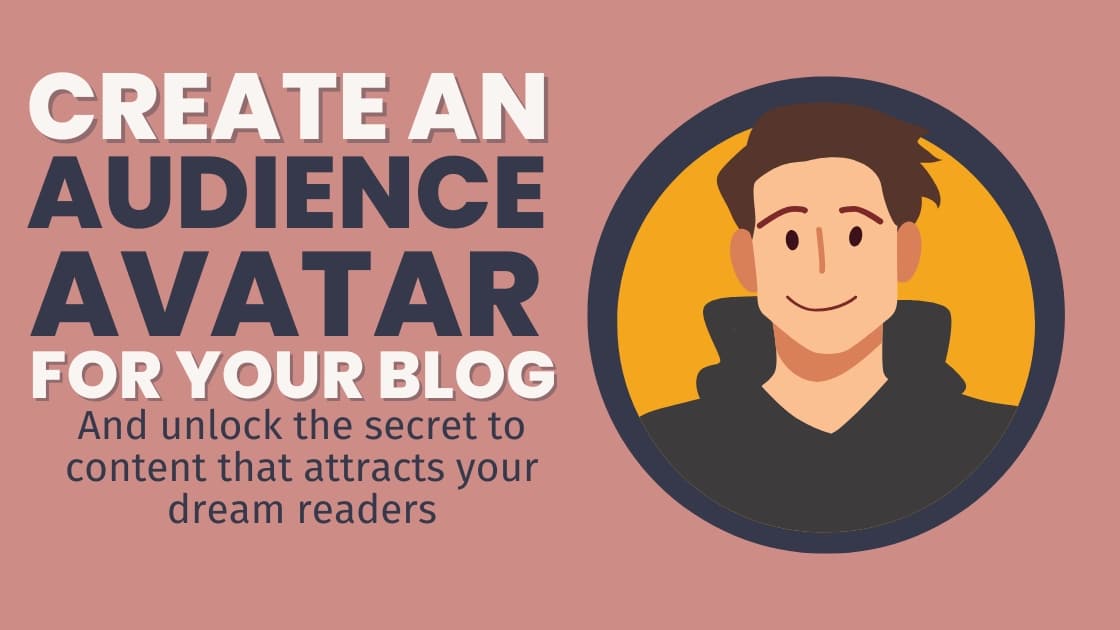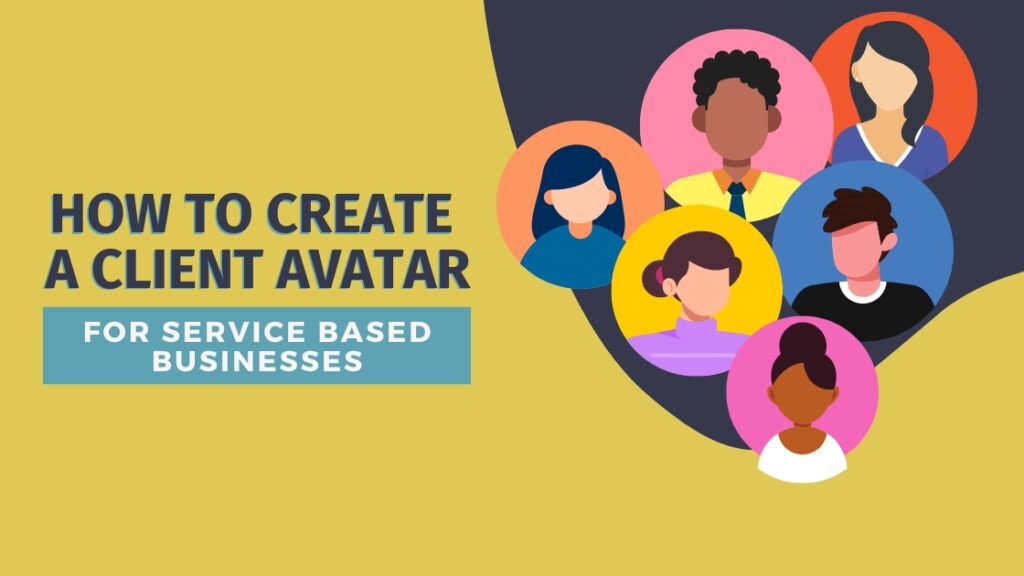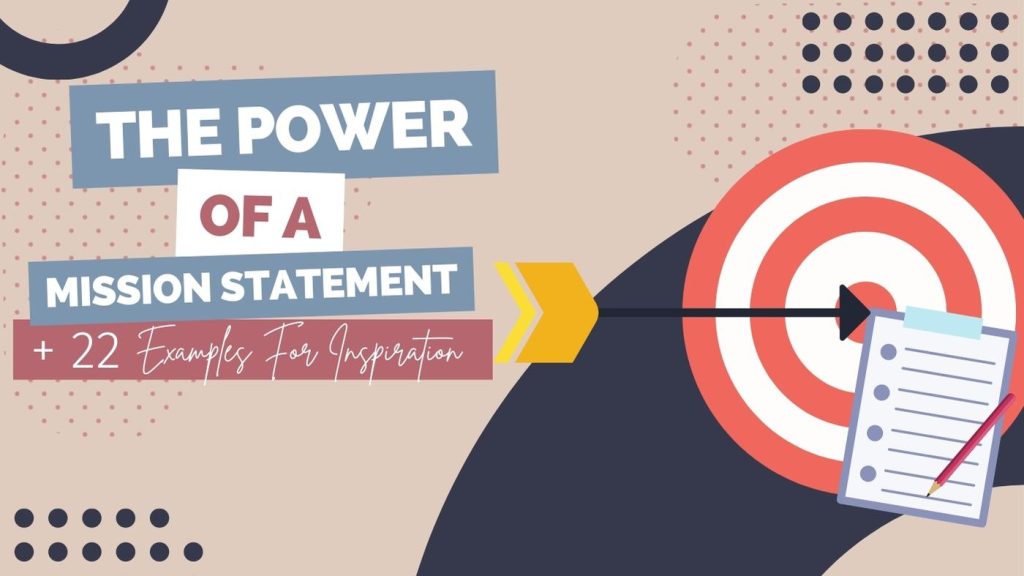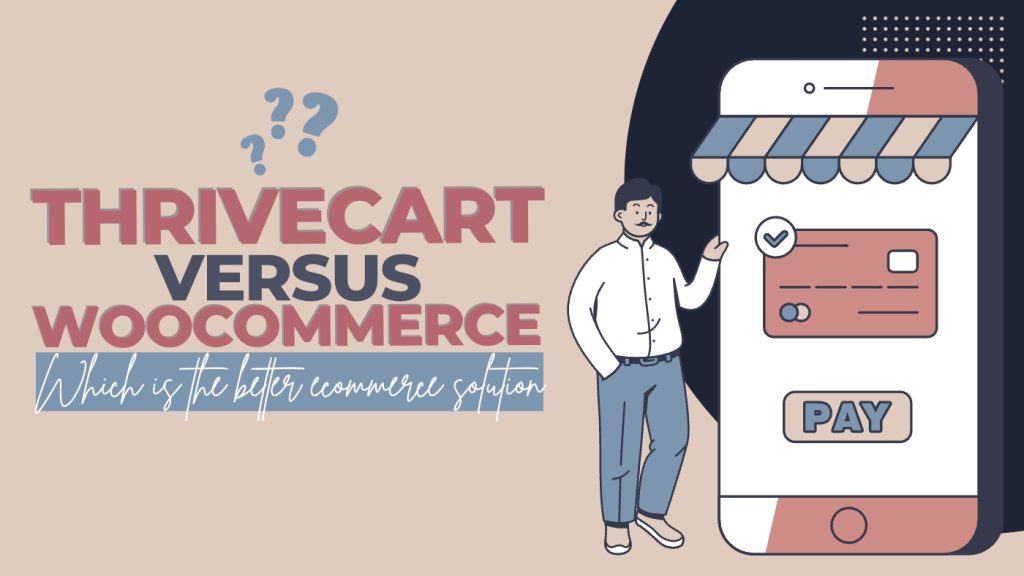How to Create Content That Your People Want to Read With An Audience Avatar [Blogger Edition]

Written By: TaKenya
Published: September 4, 2025
Modified: September 17, 2025

Client Avatars
The links in this post may be affiliate links. That means that if you click them and make a purchase, this site makes a commission. It will have no impact on the price you pay or the experience of your purchase.
You know that feeling when someone asks, “Who reads your blog?” or “Who do you write for?”, and you automatically say, “Anyone who loves [your topic]”?
I get it.
When you’re passionate about sharing your knowledge, it feels natural to want to help everyone who might be interested.
Here’s the thing, though, when you try to speak to everyone, your content gets lost in an ocean of other blogs saying the same generic things.
Think about it like this: imagine scrolling through Pinterest and seeing a pin that says “Easy recipes for everyone!” versus one that says “30-minute weeknight dinners for working moms who are tired of hearing ‘what’s for dinner?’”
Which one are you more likely to click if you’re that exhausted working mom?
Why This Actually Matters for Your Blog Growth
Vague targeting kills blog growth.
When your content tries to appeal to everyone interested in your topic, potential readers can’t tell if your blog is actually for them.
They skim your headlines and move on because nothing feels like it’s speaking directly to their specific situation.
But when you get specific about who you’re talking to?
Magic happens.
Your ideal readers think, “Finally! Someone who gets exactly what I’m dealing with.”
Your content ideas flow more easily because you know exactly what questions your people are asking.
And you stop attracting random readers who bounce after one page view.
Here’s How to Get Clear on Your Audience
Let me walk you through the questions I use to help bloggers nail down their ideal reader. Don’t overthink this, just start painting a picture of a real person:
1. Paint the Picture
What does their life actually look like?
Are they new parents surviving on three hours of sleep?
College students eating ramen every night?
Empty nesters trying to downsize their cooking?
Get specific about their daily reality, not just their interest in your topic.
2. Identify Their Core Problem
What’s the biggest challenge you help them solve?
Not the surface-level stuff – dig deeper.
A food blogger might think they share “easy recipes,” but maybe they really help overwhelmed parents get dinner on the table without losing their minds.
Or maybe they help cooking beginners feel confident enough to stop ordering takeout every night.
3. Get Into Their Language
Here’s where most bloggers often fall short – they use foodie language or assume everyone knows cooking terms.
But your ideal reader might not say, “I need simple meal prep ideas.” They might say, “I’m so tired of scrambling to figure out what’s for dinner every single night,” or “I want to cook more, but I have no idea where to start.”
4. Understand the Emotions
What are they feeling about their cooking situation?
Overwhelmed by meal planning? Embarrassed that they can’t cook basic things?
Frustrated with how long everything takes?
Excited but intimidated?
This emotional layer is what makes your content genuinely helpful, rather than just another recipe dump.
5. The Social Media Test
This one’s my favorite reality check.
Think about the last time you saw a food post or comment and immediately thought, “I need to write about this!”
What was that person actually saying? What made you feel like you had the perfect solution for them?
If someone posts “looking for cheap, easy meals” but your blog focuses on organic, from-scratch cooking with specialty ingredients, that’s not your person. That disconnect tells you everything about who your ideal reader really is.
Real Examples That Make This Click
Instead of: “Easy recipes for busy people”
Try: “30-minute dinners for working parents who want their kids to actually eat vegetables without turning dinner into a battlefield”
Instead of: “Healthy cooking tips”
Try: “Simple ingredient swaps for people who want to eat better but refuse to give up foods that actually taste good”
Instead of: “Budget-friendly meals”
Try: “Filling dinners for college students with $20 grocery budgets and access to nothing but a hot plate and mini fridge”
Instead of: “Beginner cooking guides”
Try: “Cooking basics for adults who somehow made it to 30 without learning how to cook anything that doesn’t come in a box”
See the difference? These aren’t just demographics, they’re real people with real cooking struggles you can actually solve.
Why Bloggers Stay Too Broad
Look, I get why this feels limiting. You’re thinking, “But what if I miss out on other readers?” or you genuinely haven’t thought about who most connects with your content.
Here’s what most blogging advice doesn’t tell you…
Getting specific doesn’t shrink your audience. It helps you attract the RIGHT audience.
When someone lands on your blog and thinks “This person totally understands my situation,” they’re much more likely to subscribe, share your content, and actually try your recipes.
What Changes When You Get This Right
Your blog post ideas practically write themselves because you know exactly what your person struggles with.
Your headlines get more clicks because they speak to specific situations. Your email list grows faster because people feel like you’re talking directly to them.
Most importantly, you build a community of readers who actually engage with your content, rather than just collecting random page views from people who’ll never return.
Finding Your Focus
If you’re not sure where to start, look at your most popular posts (this can be identified in Google Analytics) and your comments.
What problems were you solving? What questions do people ask you most often? When people share your content, what do they say about it?
Also, pay attention to which of your posts YOU get most excited about writing.
Often, the content that lights you up is solving a problem you’ve personally experienced – and that authentic perspective is exactly what will resonate with readers facing the same challenge.
Ready to Take This Further?
Once you’re clear on who your ideal reader is, the next question becomes: how do you talk to them in a way that feels natural and builds a real connection?
That’s where your unique voice comes in.
Every successful blogger has a distinct way of communicating that makes their content feel different from everyone else writing about the same topic.
If you want help figuring out not just WHO to write for, but HOW to write for them in your authentic voice, I’d love to help you develop a brand voice guide that makes all your content feel effortlessly you.
Remember, you don’t need to help everyone interested in your topic. You just need to help the right people really, really well.

TaKenya
A life and business coach at TaKenya Hampton Coaching, owner of Studio117 Creative, and the girl behind the stove or drill at the Kenya Rae Blog. A total WordPress geek and lover of systems that help businesses run smoothly. My goal is to make things look good, work well, and help business owners reach their full potential—whether they’re working solo as a solopreneur or with a team.






